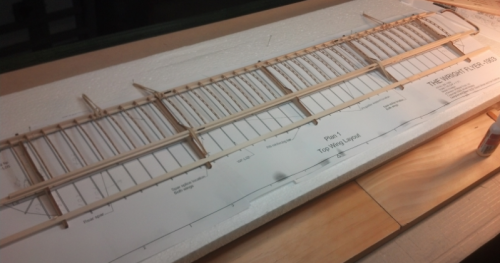Mike Rother and Jeff Liker have refined the “What is Lean?” slideshare from earlier this year. I think they have filled things in pretty well. Take a look, then I’ll add my thoughts.
Responsibility of Leaders
The Jim Womack quote on Slide 4 is telling in a number at a number of levels:
“Most management decided they could outsource lean…
‘ Please go do it, here’s your budget, and please get some results, we won’t be too precise about that, and now I will be on to the next issue.’ And of course that is unlikely to produce much a result… It produces something, but it doesn’t produce what we had intended, which was that this would become the core way that managers think.”
I had a friend in the Army who (with a smile) would say “An action passed is an action completed.” These managers believe that as long as they have assigned someone to work on the problem, their responsibility is to getting updates on progress and authorize or question budget requests, then moving on to the next agenda item.
Even today I see very real “We have to do this to survive as a company” levels of urgency behind initiatives, but they are still assigned to mid-level staff people as though engineering a fundamental shift in the organization’s ways of working can be done with mere oversight of the top level leaders.
Actual Customers
While we (the lean teachers, community) have done pretty well over the years is talk about establishing flow. What we haven’t done as well is with the words “toward a customer.”
Never Ending Struggle
The problem with “lean implantation plans” is they, by their very nature, have a point when they are “done.”
Human cultures throughout history have their legends built on what Joseph Campbell called the Hero’s Journey, and our implementation plans are built around the same pattern.
- The need for change. (often first met with refusal or denial)
- Commitment / crossing the threshold.
- The Mentor Figure (“find a sensei”)
- Assembling the team.
- The Quest / Journey of Adventure
- Final Confrontation
- Returning with “the elixir” / the journey home
- A changed life and/or a changed world.
While there are lots of variations on how this is described, this is the pattern of just about every business novel, every script in Hollywood, and our most compelling stories.
But these stories always have an end – where things are “changed” and a new stability. And our “implementation plans” imply the same expectation – that there is a “new normal” where everyone can relax because we’ve gotten there.
The Problem as I See It
The model outlined in this slideshare runs against the grain of everything business executives are taught. I think it is great that we are starting to realize what is really behind truly great organizational performance, but it’s still too easy to dismiss as an outlier when it happens. The “Lean Community” has a lot of momentum behind the “implement the tools” paradigm, and the idea that establishing and enforcing standards for the improvement boards and forms is somehow the key to success.
Let’s challenge the paradigm. Right now the biggest “change” we need to make is us.
